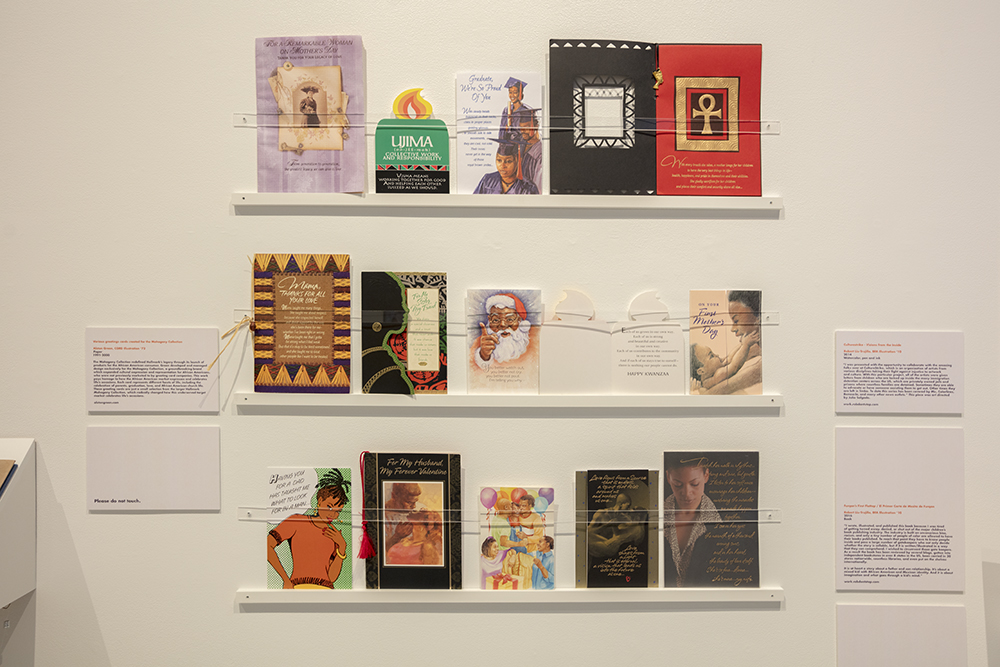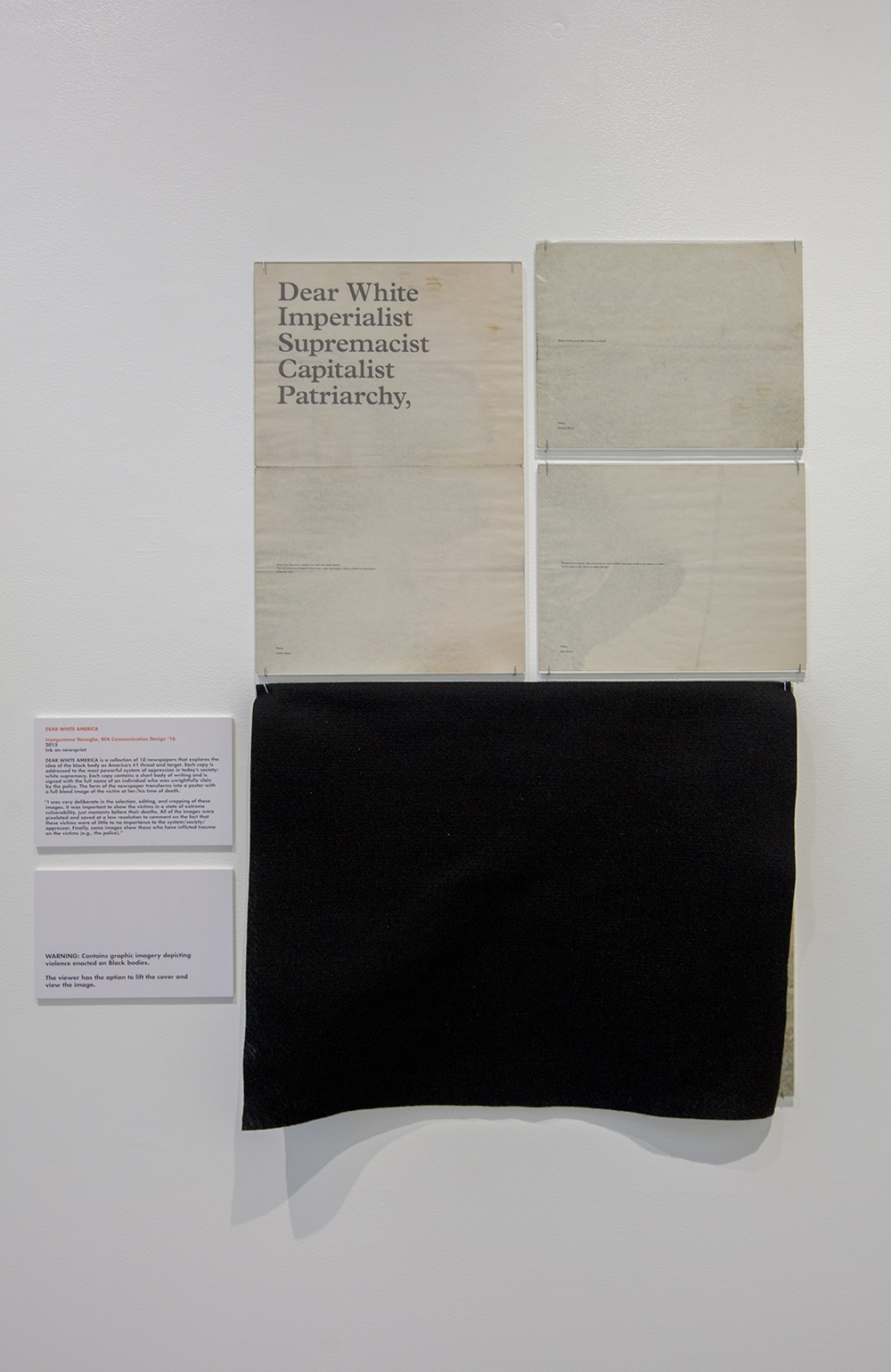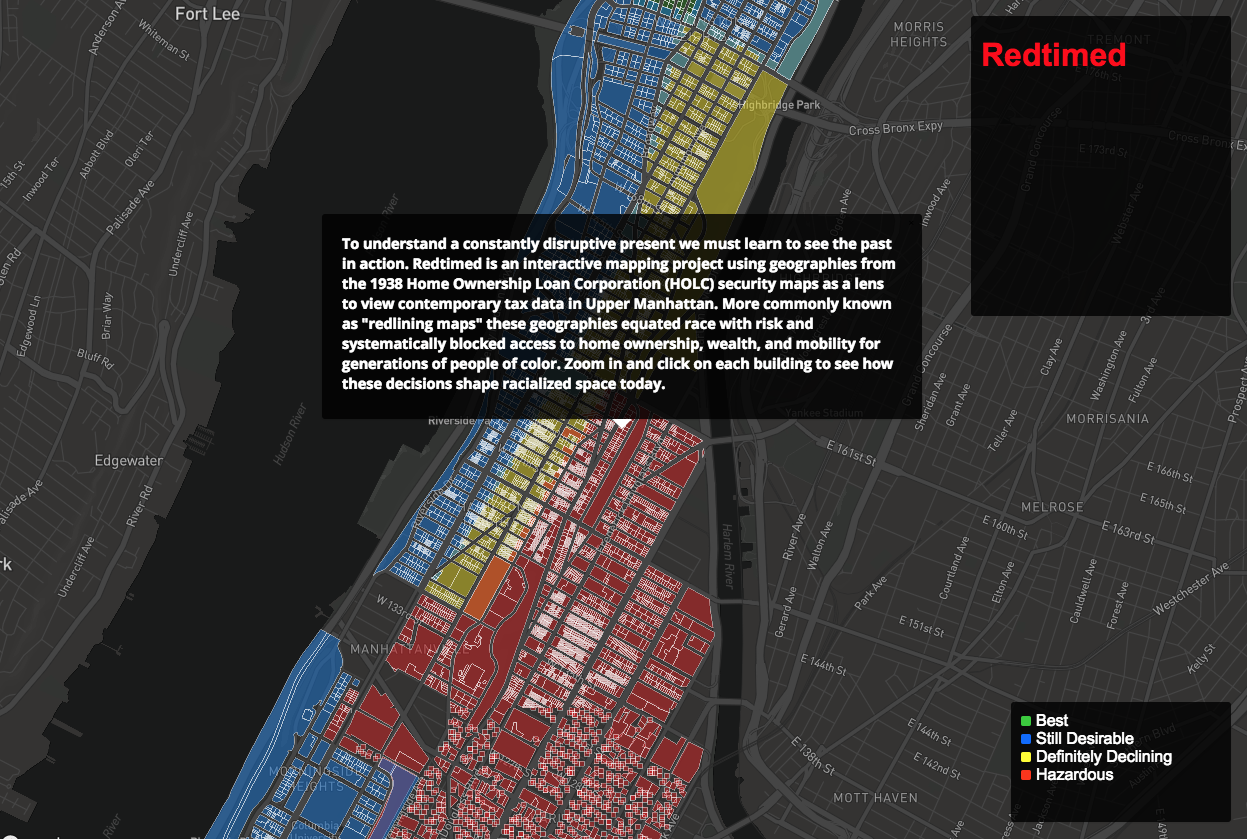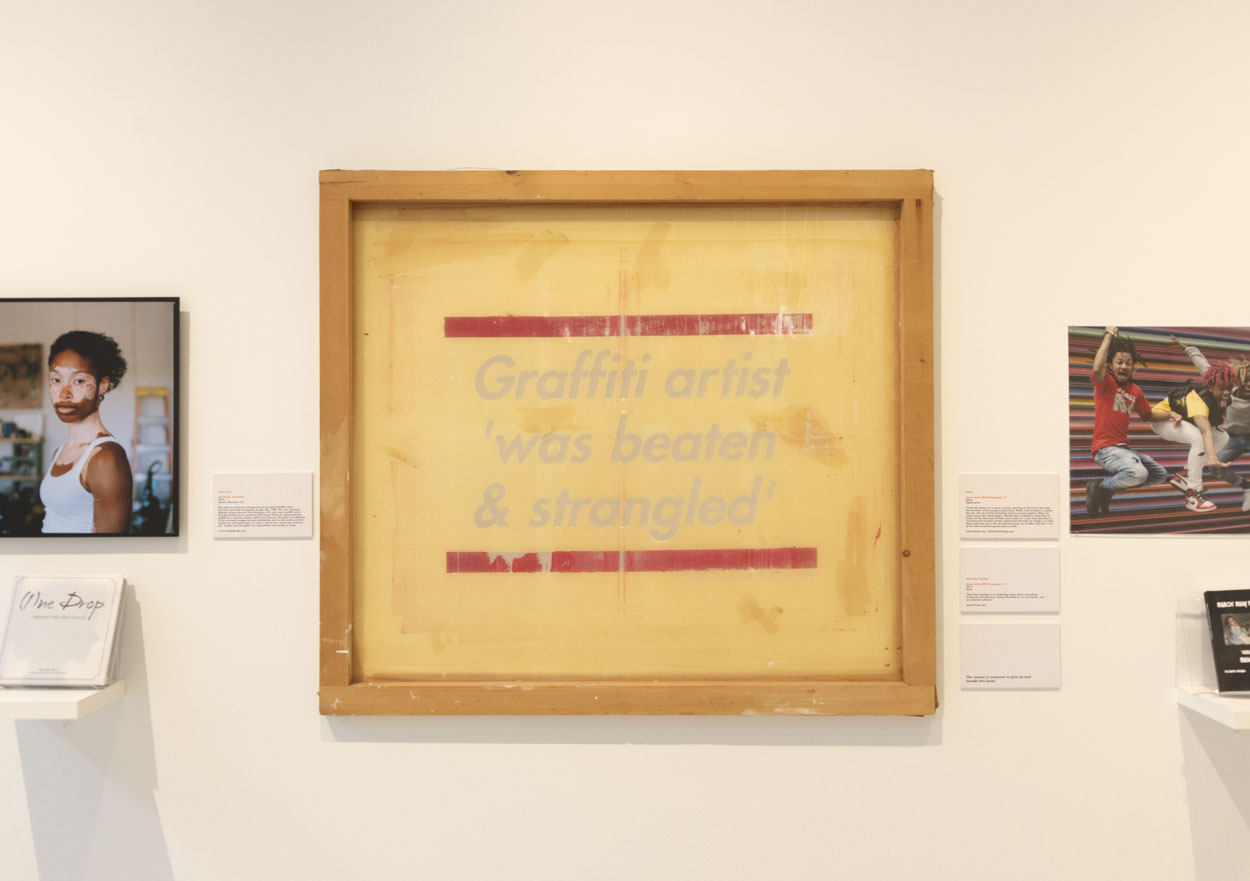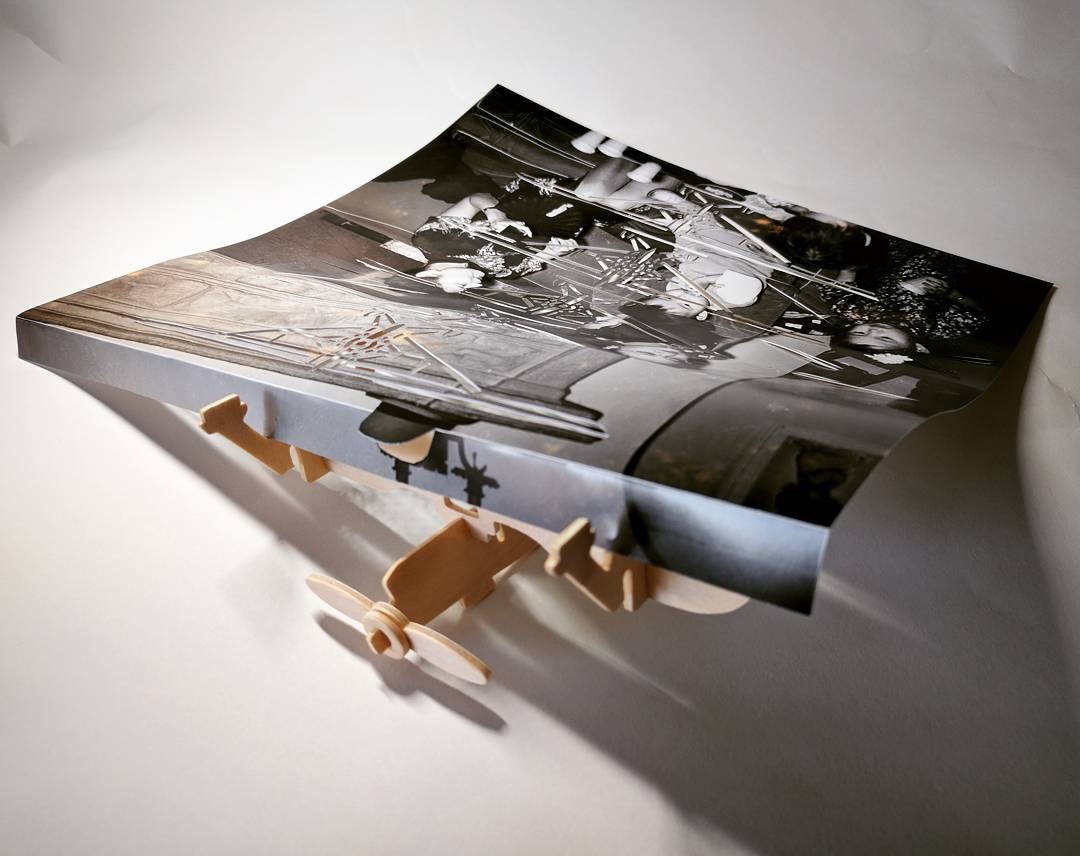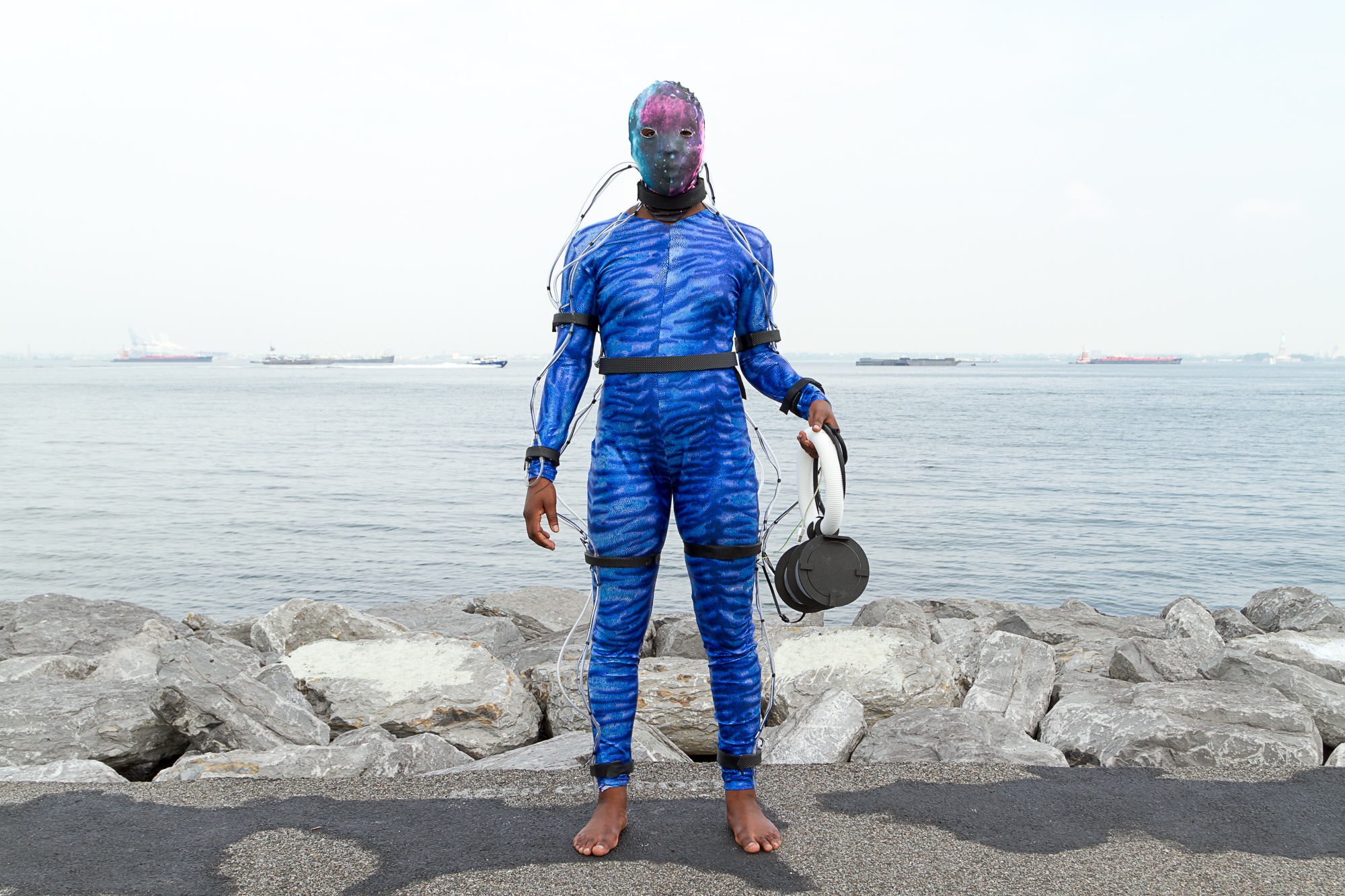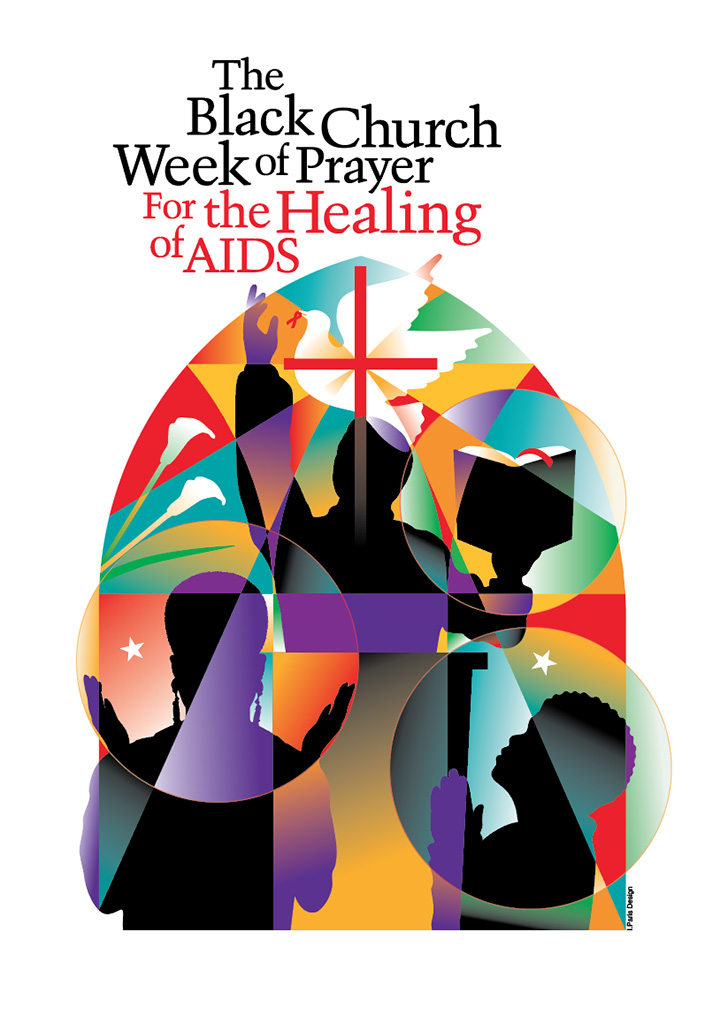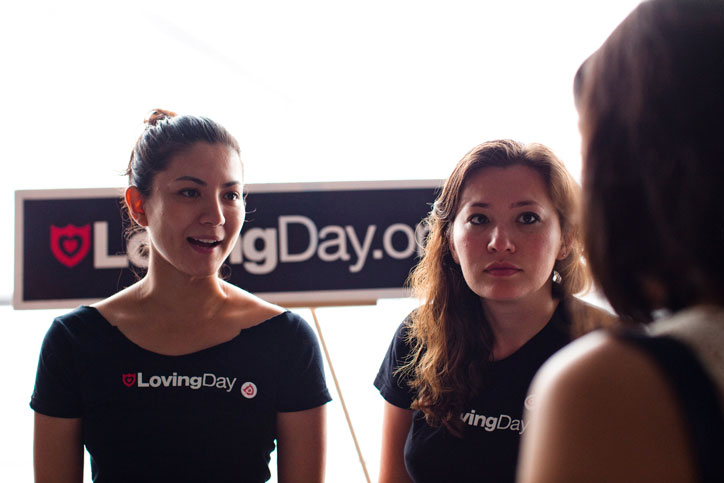Noelle Flores Théard, MFA Photography ’14
Noelle Flores Theard is a Programs Associate at the Magnum Foundation. She holds a BA in Journalism from the University of Texas at Austin, an MA in African Diaspora Studies from Florida International University, and an MFA in Photography from Parsons School Of Design. Before joining the Magnum Foundation, Noelle taught in the Art History and African Diaspora programs at Florida International University in Miami and was the photography coordinator for photography at YoungArts, a foundation that supports young artists in ten different artistic disciplines. In addition she worked for many years as a stringer for the Miami Herald. She is a cofounder of FotoKonbit, a non-profit that teaches photography in Haiti in order to provide Haitians with training and opportunities to tell their own stories through photography. Noelle was the Director of Photography for Dr. Yaba Blay’s book and web project titled (1)ne Drop: Shifting the Lens on Race.
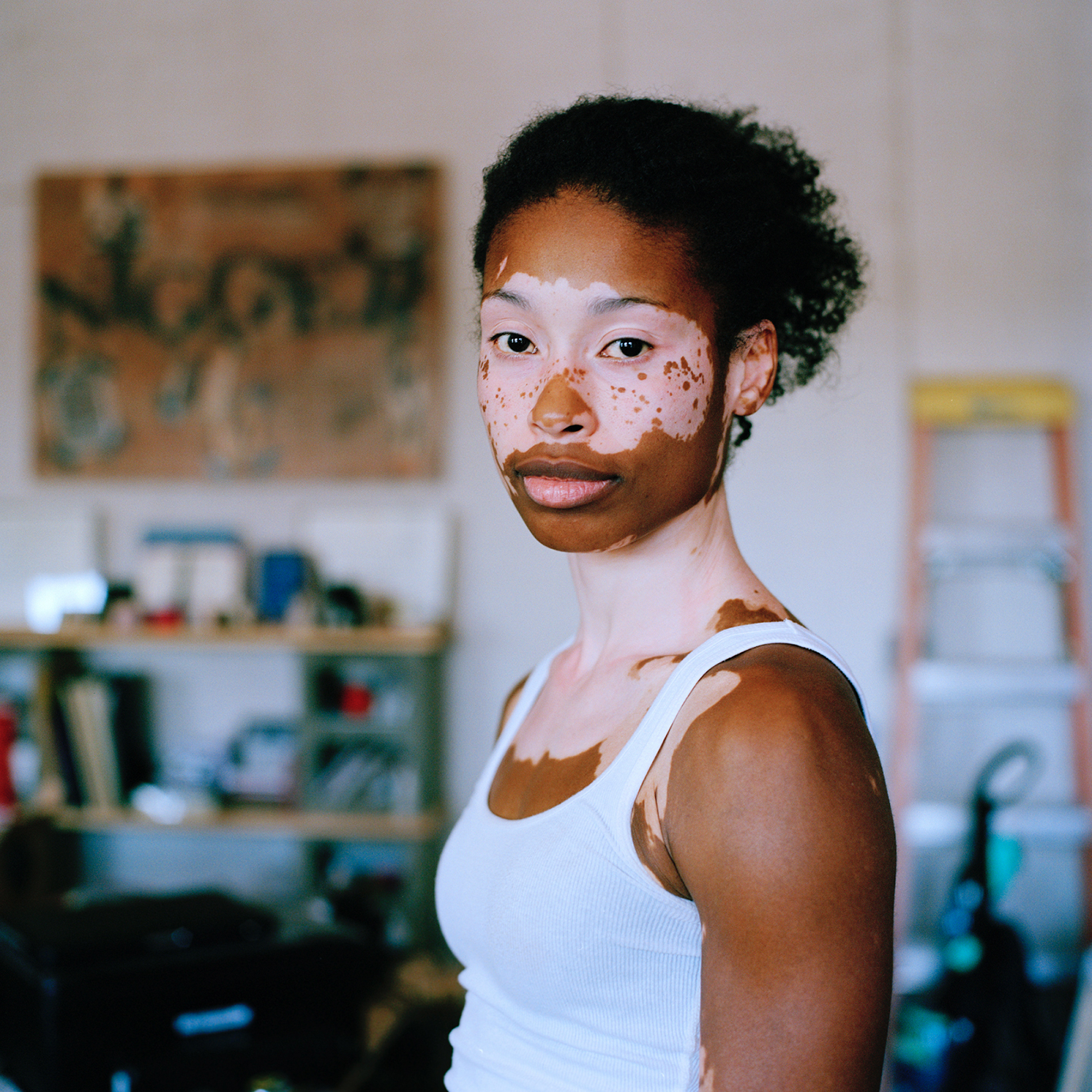
(1)ne Drop
Noelle Flores Théard, MFA Photography ’14
2013
Book


